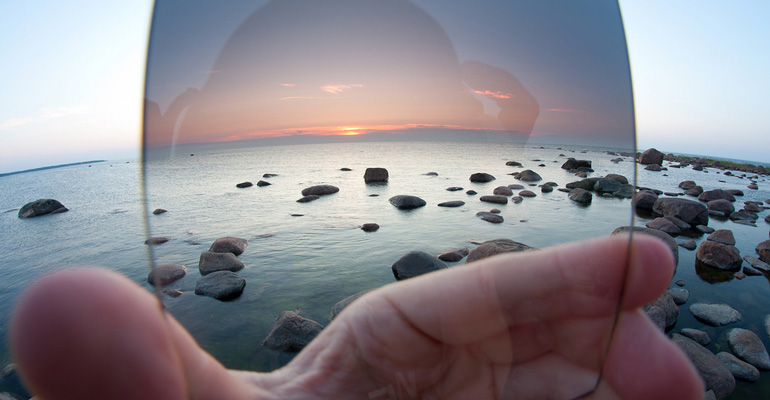Digital Art In A Digital World
It’s almost as though we have become digital artists as opposed to digital photographers. I do think of myself more as an artist that is a photographer. And I found that my best work comes when I approach it as though it is a piece of art. So…
Is there still a place for glass or resin filters in your camera bag – and on the front of your lens?
Back in the days of film, you’d have to use optical filters for a variety of reasons. In addition to protecting a lens against the elements and providing some protection against potential knocks and drops, filters were used to correct the colour balance of a film – such as adding a warm orange tint or a cool blue one to record a neutral result under different lighting conditions, depending on the film stock you had loaded in the camera at the time.
Digital cameras don’t need this type of filtration, as their white balance control allows you to neutralize any color cast on the fly.
In the Days Before Photoshop, you’d often have to resort to using filters to achieve certain effects in-camera too, such as a soft focus filter to add a hazy look or a graduated tobacco filter to artificially boost a sunset.
These days there’s no need to try and achieve an effect like this in-camera – you can do it all post-shoot in software using digital filters, Adjustment Layers and other tricks and techniques.
So, the only reason you still need to fit an optical filter on your digital camera lens is to protect it, right? Not quite. There are some filters that still have a place in the digital photographer’s camera bag: a circular polariser, a solid neutral density (ND) filter and, arguably, a set of ND grads.
The effects that these filters create can be painful to reproduce digitally, and it pays to get things right at the time of shooting.
Source: Digital Camera World
Image Source: Kain Kalju

